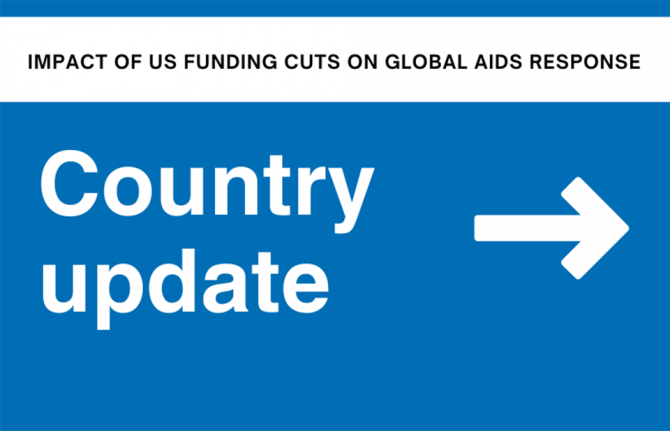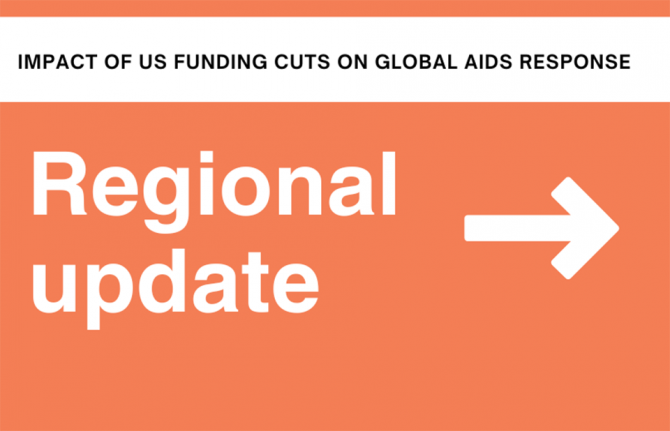
Feature Story
What about the Children?
21 June 2007
21 June 2007 21 June 2007A panel chaired by UNICEF’s Director of Programmes Alan Court discussed the missing faces of children in planning AIDS treatment programmes.
Three years ago, it was difficult to find data on children and HIV. There were several reasons for this, namely denial, stigma, many mothers’ fears of disclosing their HIV status, lack of support from fathers, and medical staff showing little concern for the welfare of the children.
From 2003, as the missing face of children became a rallying point for advocacy, research was conducted which confirmed that children had been hit hard by the AIDS epidemic and were receiving little support.
Countries such as Rwanda have shown tremendous political commitment to support children affected by the AIDS epidemic. Community mobilisation efforts to ensure that mothers are aware of and have access to the services available for children are paying off. However, fathers remain the missing link. The panellists agreed that the pressures to protect children weigh heavily on mothers. The father is often absent and, in many cases women receive such little support from their husbands that they fear disclosing their status.
This point was brought home by the testimony of a young HIV positive mother, who said she had been a virgin up to the time she married but found herself infected and widowed just fourteen months into her marriage. She said that had it not been for the HIV support group, she wouldn’t have been able to cope.
She said that disclosing one’s HIV status was an important step to ensuring that both adults and children get access to much needed support. Preserving and strengthening family ties for families affected by AIDS can go a long way to helping ensure that children are properly cared for by their parents. The session called upon all implementers to ensure the needs of children are prominent in all HIV programming and interventions.
Links:
More on the implementers' meeting
Related
 “Who will protect our young people?”
“Who will protect our young people?”

02 June 2025
 Impact of US funding cuts on HIV programmes in Uganda
Impact of US funding cuts on HIV programmes in Uganda

19 March 2025

